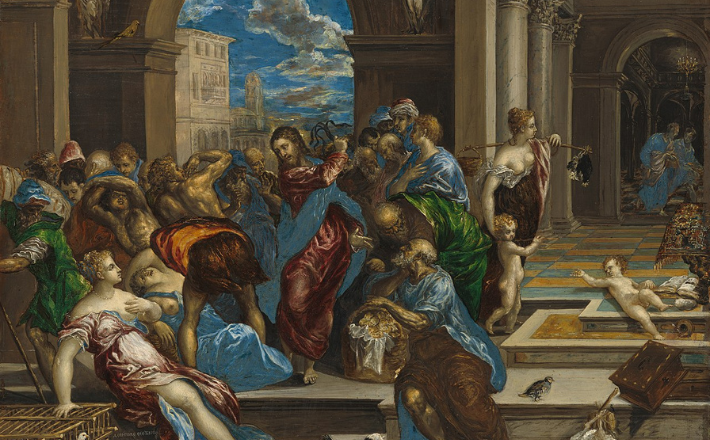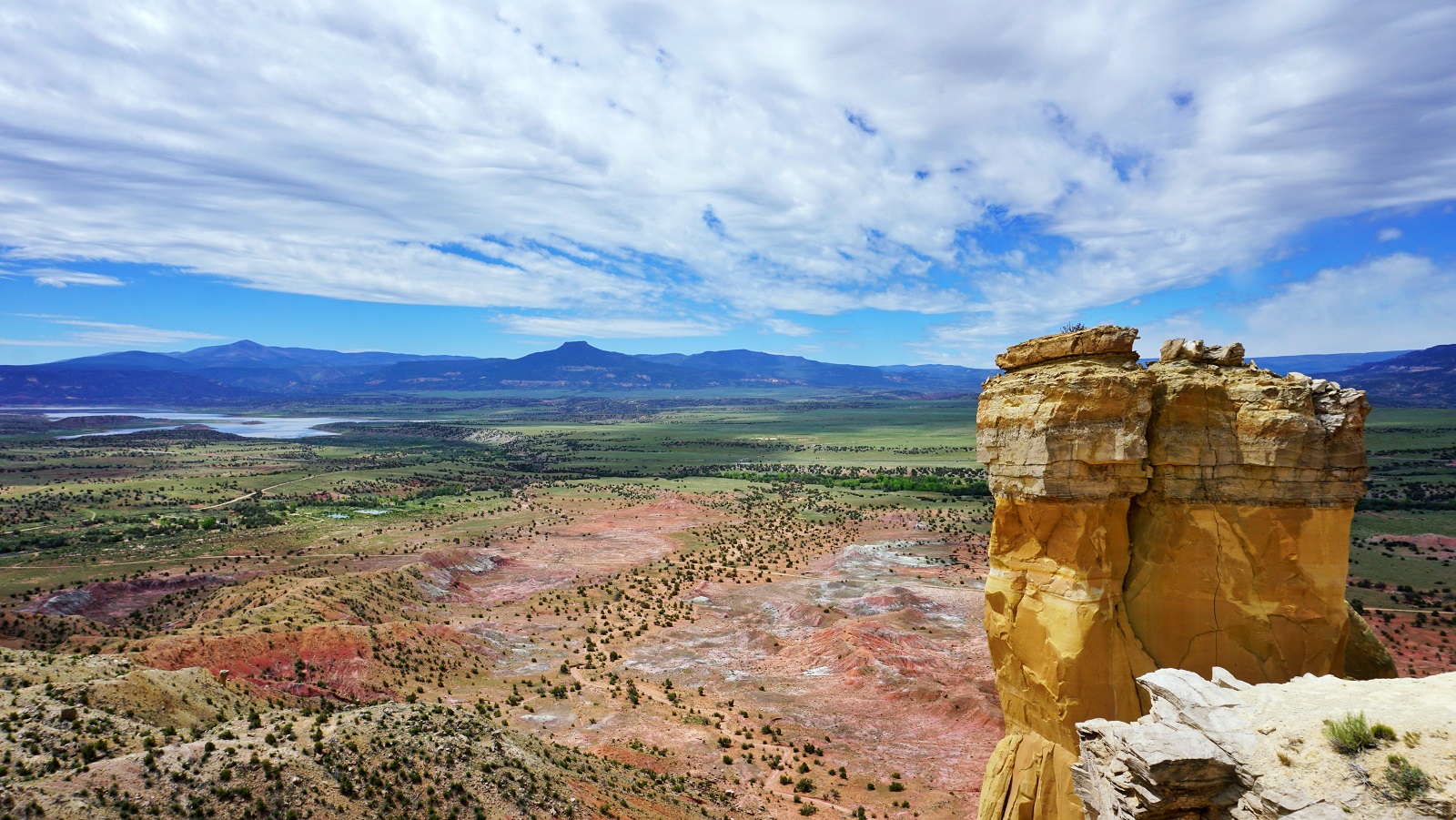Commentary on John 2:13-22
The Gospel of John frequently interjects or adds its “meta” (transcending reflection of the subject by turning itself into an object of inquiry) by commenting and providing explanations of its own Gospel narrative (2:21; 6:6; 11:13, 51–52; 12:6, 33). For this week’s Gospel passage, the author does so in verse 21: “But he was speaking of the temple of his body.”
I also would like to interject by adding my “meta” on this week’s lectionary reading from John.
As you are preparing to preach this coming Sunday, there is one thing I hope you would not consciously or subconsciously do: preach a sermon with a hint of antisemitism. It does happen from time to time for two reasons.
First, it happens because Jesus is equated with Christianity. During the time when the Gospel of John was being written (around 80–90 CE), Christianity as a religious institution had not been established yet. Christianity became an institution not before the fourth century CE. During the time of the early church, there were hints of “proto-Christianity” or traceable vestiges of institutionalized Christianity as we know it today. Nevertheless, vestiges do not replace the historical Jewishness of the Johannine Jesus and the Johannine community.
Second, right before John 2:13–22, the narrative of the wedding at Cana (2:1–12) has been misread and wrongfully preached as a proof-text for supersessionism. Since Jesus replaced water (Jewish rites of purification) with wine (Christianity or the blood of Christ), the ensuing passage (verses 13–22) is assumed to be the author of John’s intentional doubling down on the need to replace Judaism with Christianity: replace the Second Temple of Jerusalem (Judaism) with the body of Jesus (Christianity).1
Aside from these two, John has become a petri dish for other antisemitic sentiments. A classic example is the misreading of the “I am the bread of life” proclamation (6:35–59), whereby Jesus is apparently the everlasting bread that replaces the rotting manna/traditions/beliefs of the Jews/Hebrews (Exodus 16:1–36).
In other words, I hope that the readers of this week’s Working Preacher will remember that the Johannine community is a Jewish community seeking to understand and follow the Gospel that Jesus is the long-awaited Messiah, the son/lamb of God. Following the argument above, one has to address the declaration that the body of Jesus is the Temple (verses 18–22). Doesn’t that sound like a replacement of the old Temple with the new?
But here, there is a bigger picture: The Second Temple of Jerusalem that has been under construction for 46 years (verse 20) had already been destroyed by the Roman Empire when the Gospel of John was written. The Johannine community had to explain why the merciful God allowed the sacred Jerusalem Temple to be trampled by the imperial colonizers. In the aftermath of the destruction of the Temple, the Gospel of John is providing solace to its community by reminding them that Jesus is the new Temple, the Son of God (1:34), the lamb of God who takes away the sin of the world (1:29).
In other words, the Gospel of John gives us a glimpse into a Jewish community that is struggling to understand the role of Jesus in their lives after the Temple is destroyed. This struggle is found and expressed in John 12:13–22.
The destruction of the Second Temple of Jerusalem was traumatic for the Johannine community. This pervasive trauma lingers, triggering them to recall a violent event that is described only in John (see Matthew 21:12–13; Mark 11:15–19; Luke 19:45–48): The Johannine community recalled Jesus making a whip of cords in order to drive the money changers out of the Temple (verses 14–16). The passage further expresses the trauma experienced by the Johannine community by quoting Psalm 69:9, “Zeal for your house will consume me” (verse 17). Such recollection reeks of the colonial trauma and mimicry that haunt the Johannine community as they themselves try to address and reconcile the pain of losing the Temple while believing that Jesus is the Messiah.
Also, the Johannine community knows the dangers of using violence to demonstrate sovereignty.2 That is why the Johannine community also portrays Jesus as the peaceable lamb of God: “Peace I leave with you; my peace I give to you” (14:27). As the Roman Empire continuously tramples upon their lives and communities, the Johannine community holds the memories of both an angry Jesus and the peaceful Jesus, trying to console their community in ways that both recognize their traumatized lived realities and lift up the need for messianic hope. Yes, the Temple is destroyed; and yet we still believe in God.
As preachers, we do have moments in which we have to explain why bad things happen to us or others. When we do, let’s preach in ways that recognize the traumatic and the traumatized because the pain lingers. Also, when some persons recollect their traumatic event in ways that might not be life-giving, let’s put a pause on ourselves from (mis)judging their recollection. Just as John 2:13–22 could be misread, let us find ways to pause ourselves and understand where people (and texts) are coming from. By doing so, we might find commonalities, resonances, and ways to heal each other.
Notes
- Stephen D. Moore, “Superseding Judaism 3,” in Revealing the New Testament, Revealing Religion (West Stockbridge, MA: Thinkingstrings, 2017), n.p.
- Adele Reinhartz, “The Gospel of John,” in Fortress Commentary on the Bible: The New Testament, ed. Margaret Aymer, Cynthia Briggs Kittredge, and David A. Sánchez (Minneapolis: Fortress Press, 2014), 275.



March 3, 2024